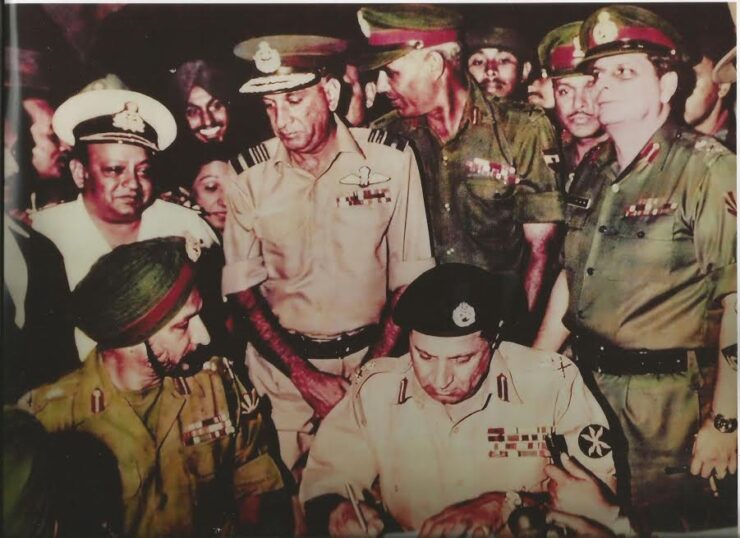
Navy Week 2021 kicked off from November 30 as the 24th Chief of Naval Staff Admiral Karambir Singh, a specialist Helicopter Observer, also known as the Grey Eagle, (the senior most aviator in the Navy), handed over the White Baton in Delhi’s South Block to 59-year-old Admiral R Hari Kumar, a specialist Navigating Officer who relinquished command as the Flag Officer Commanding-in-Chief of the Western Naval Command and handed it over to Vice Admiral AB Singh. Earlier, Admiral Kumar as the Chief of the Integrated Defence Staff (CIDS) ably assisted the Chief of Defence Staff General Bipin Rawat, so it’s a sort of homecoming for him as the Integrated Theatre Commands are being pushed and Naval P8Is and Sea Guardian drones are being operated in support of the Army.
Admiral Karambir Singh completes a hectic tenure as the ‘Big White Chief’, protecting ships from Covid-19 and keeping them at sea. But with few new platforms joining the Indian Navy, he ensured induction of many new technologies and diligently executed a record number of foreign exercises, including five Malabars and local inter-service exercises and missile firings. Under him, Sea Vigil was a massive internal sea security exercise with the Coast Guard, Marine Police and other civil units. He leaves behind a small but competent Navy for Admiral Hari Kumar to steer with “fair winds and following seas”, as the traditional saying is uttered on handing over a ship, a command or a Navy. Admiral Singh has been pragmatic and trimmed the Navy’s 2027 Maritime Capability Perspective Plan (MCPP) from a 200-ship and 400-aircraft plan to a realistic 170 platforms. As 38 ships are on order, and only two advanced Krivaks (Talwar-class frigates or Project 1135.6) in Russia’s Yantar Shipyard that have 40% Indian content, Admiral Kumar can continue on that path.
However, of immediate concern are the three Kilo-class submarines that need to be refitted in Russia or India, like the INS Sindhukirti was at Hindustan Shipyard Ltd that has delivered a 15,000 ton Missile Tracking Ship. A scandal of leaks on the subject has broken out on this. Admiral Hari Kumar has his template cut out for his tenure that will also feature in the outgoing Chief’s Hauling Down Report. It will include the Navy’s plans for Prime Minister Narendra Modi’s vision of Security and Growth for All (SAGAR) as the Navy has supported the region during Covid with supplies, evacuations, and maritime support and exercises under Admiral Singh. During this period, a Kilo-class submarine INS Sindhuvir was leased to the Myanmar Navy and renamed UMS Minye Theinkhathu, well after Bangladesh received two second hand Ming-class submarines from China, which was a lost opportunity for our closest neighbour.
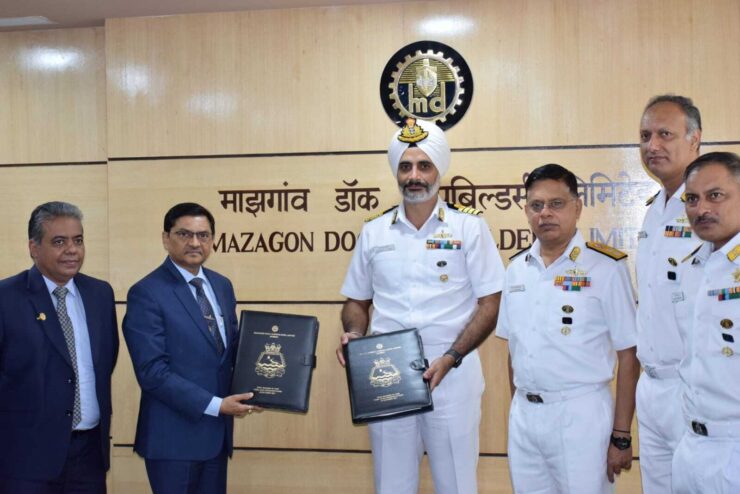
This year is special as the entire nation celebrates the 50th Anniversary (Swarna Jayanti) of the 1971 victory over Pakistan in the war fought by the three services for the creation of Bangladesh. President of India Ramnath Kovind plans to be in Dhaka to mark the occasion. Hence the Navy will celebrate Navy Day on December 4 with special fervour to commemorate the Navy’s ingenious attack in the war for Bangladesh that was executed under Operation Trident on the night of December 4, 1971 by three Osa-class missile boats INS Nirghat (Lt Cdr IJ Sharma, VrC), INS Nipat (Lt Cdr Bahadur Kavina, VrC) and INS Veer (Lt Cdr OP Mehta, VrC) under Cdr BB Yadav, MVC, and Capt Gopal Rao that sank PNS Khaibar, PNS Muhafiz and MV Venus Challenger off Karachi with their 45-km range P-15 Termit (Styx) missiles after locating them on their powerful Rangout radars.
By happenstance four IAF Hunters under Wing Cdr Don Conquest VrC from IAF station Jamnagar struck the Kemari oil tanks. On December 8 under Operation Python the missile boat INS Vinash (Lt Cdr V Jerath, VrC) accompanied by INS Trishul ( F-15 Capt KMV Nair, VrC) and INS Talwar (Capt SS Kumar, VrC) struck PNS Dacca and MV Harmattan after setting fire to the Kemari oil tanks for the second time. From the experience of the 1971 war, the Indian Navy is today an advanced missile force with the indigenous supersonic BrahMos sea-and land-attack missiles and the Barak air attack missiles on its large platforms, and plans for inducting Cruise missiles too.
The commissioning of two powerful naval platforms in Mumbai built by Mazagon Dock Shipbuilders Ltd, the sleek 7,200 ton guided-missile destroyer INS Visakhapatnam by Defence Minister Rajnath Singh on November 25 and the fourth of the six diesel Scorpene submarine INS Vela by Admiral Karambir Singh are significant milestones in India’s indigenous Atmanirbhar warship building effort. Only two improved Krivaks Project 1135.6 out of 38 platforms are on order at the Yantar Shipyard Ltd in Russia and the new Krivaks will have 40% indigenous equipment. The INS Visakhapatnam has many new additions like the Indian built Elbit 12.7 remote firing gun, improved Command and Control and facility for the Sikorsky MH-60R helicopter with sonar dunking system and 120-km range Kongsberg naval missile.
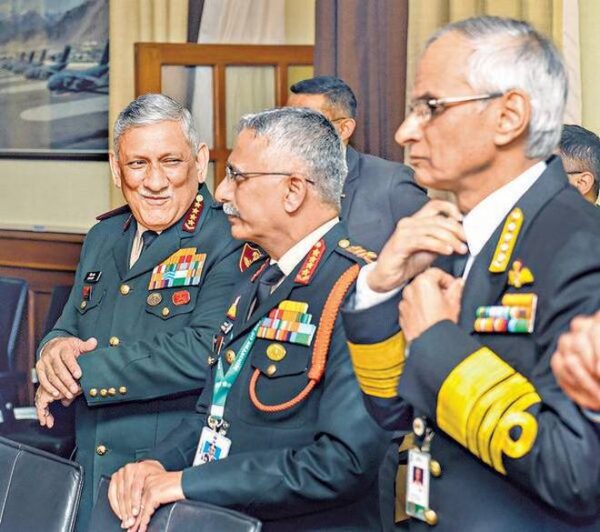
The Navy has had to cut its cloth as per the reduced budget, which is now only 14% of the Defence Budget, and Cmde Uday Bhaskar comments: “This modest addition to India’s depleted naval inventory must be seen against the backdrop of China. In the period that India was commissioning naval platforms, media reports indicated that China was building a secret military facility in the UAE port of Khalifa and that this was being done furtively without the knowledge of the host country. The Chinese footprint in the Indian Ocean Region (IOR) is steadily increasing. Beijing acquired a military base at Djibouti in the Horn of Africa in 2017 and is heavily invested in ports in Pakistan and Sri Lanka. In essence, from Galwan to Gwadar, the military challenge from China is an abiding factor for the Indian security planner.”
The heightening of strategic rivalry for power between US and China under Presidents Joe Biden and Xi Jinping, has an effect on India, which is a member of the four-nation Quadrilateral Security Dialogue or QUAD along with US, Japan and Australia. Moreover, the US and the UK have muddied the atmosphere by secretly planning and signing the AUKUS deal to supply nuclear submarines to Australia, leaving a contract the French Naval Group had signed for supplying submarines to Australia in the cold. Further, the US sanctions on Russia and the spectre of CAATSA hanging over India to not trade with Russia has complicated India’s options as it is still dependant on Russia for its defence supplies, including the S-400 missiles, help for the India’s ATV nuclear submarine project and to procure an Akula on lease to replace the recently returned INS Chakra.
Russian President Vladimir Putin is due to visit India on December 6 and may come with offers to do business, which is his style. China’s PLA (Navy) with 365 ships, compared to India’s 138, is churning out over a dozen ships a year and with Pakistan as its partner in the Indian Ocean Region (IOR) receiving ships and submarines was Admiral Karambir Singh’s challenge, and will now be Admiral Hari Kumar’s concern too.
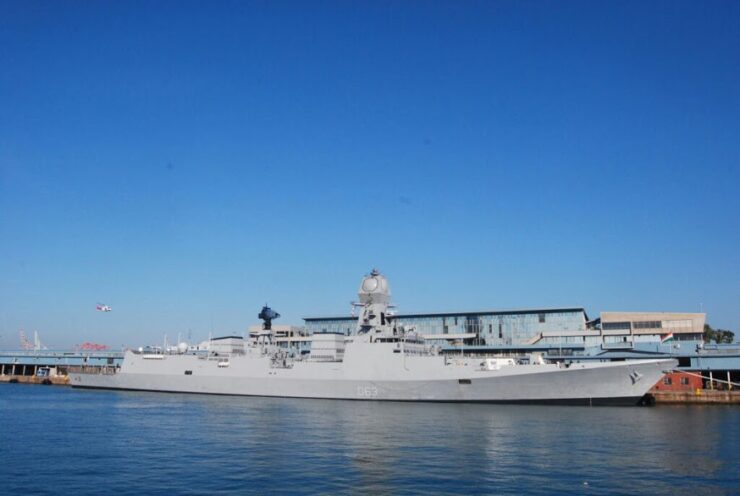
Admiral Singh while commissioning INS Vela, had said, “We are closely monitoring the defence cooperation between China and Pakistan. The recent procurements by Pakistan from China may change the dynamics, so we need to remain cautious.” Recently, all-weather allies Pakistan and China signed a new nuclear agreement that will push the world towards a renewed nuclear race and conflict, and the Indian Navy will have to factor this new step by Pakistan.
In light of the prevailing security scenario, with fewer platforms for safeguarding its 2.5 million sq km waters and far-flung islands, the Indian Navy has reviewed its deployment philosophy to proactively deter any menace that may threaten our sovereignty with capability not quantity. It has tailored its operational philosophy, war-fighting capabilities and combat tactics of both the Eastern and Western Fleets that are tested through a series of sea exercises.
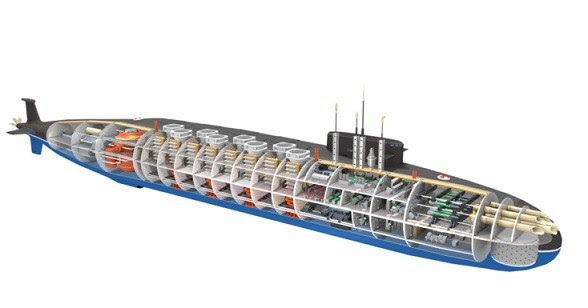 As the Vice Chief of the Naval Staff Vice Admiral Satish Namdeo Ghormade stated, “While on one hand, it is the Indian Navy’s prime responsibility to safeguard our national maritime interests, we also remain acutely aware of our duty to shape a favourable and positive maritime environment in the Indian Ocean Region, in pursuance of our national foreign policy initiatives, and the plan to become a 170-ship force is on track but some changes in the timelines for it are being made in view of certain delays.” The Indian Navy has a shortage of training ships and is using varied platforms as it was let down by ABG Shipyard and Reliance Defence for five Offshore Patrol Vessels (OPVs). Subsequently, Larsen & Toubro Defence and Goa Shipyard Ltd turned out over a dozen, and before time. Former Navy Chief Admiral Karambir Singh had pitched to take over a few OPVs from the Coast Guard, and stated that a Maritime Security Coordinator is in the offing. Such a setup is essential as the Navy invokes Lord Varuna with Shan No Varuna.
As the Vice Chief of the Naval Staff Vice Admiral Satish Namdeo Ghormade stated, “While on one hand, it is the Indian Navy’s prime responsibility to safeguard our national maritime interests, we also remain acutely aware of our duty to shape a favourable and positive maritime environment in the Indian Ocean Region, in pursuance of our national foreign policy initiatives, and the plan to become a 170-ship force is on track but some changes in the timelines for it are being made in view of certain delays.” The Indian Navy has a shortage of training ships and is using varied platforms as it was let down by ABG Shipyard and Reliance Defence for five Offshore Patrol Vessels (OPVs). Subsequently, Larsen & Toubro Defence and Goa Shipyard Ltd turned out over a dozen, and before time. Former Navy Chief Admiral Karambir Singh had pitched to take over a few OPVs from the Coast Guard, and stated that a Maritime Security Coordinator is in the offing. Such a setup is essential as the Navy invokes Lord Varuna with Shan No Varuna.
–The writer is former DNO and DNI, Indian Navy. The views expressed are personal and do not necessarily reflect the views of Raksha Anirveda








